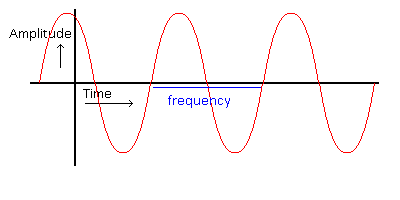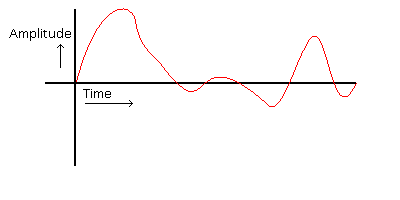As I said before I am working with some others on a software based distortion. I finaly got the base running pretty smoothly but the main obstacle is how to create that distortion electric guitars use.
We came up with about 3 different methods:
(When I got my osciloscope control working I’ll take before and after pictures, for now I ain’t sure how the formula’s effect real-world sound yet)
Gamma corrections
This works a bit like the gamma of your monitor. The input for graph for gamma correction is called the epsilon which comes in 2 forms, linear and sine. The first one creates a more distortion like sound than the latter but also makes the wave not harmonic anymore which possible means that most of the distortion like sound is caused by the speakers not handling unharmonic waves very well. The latter one only sounds near the amplitudo distorted.
Sharpening valleys/tops
This method requires some buffering of the current top (or valley) of the wave and sharpenes it by a specific amount. This works a bit like the gamma correction method although it works on every volume making it usefull too for low-volume sounds. The major problem is that it requires tracking a top or a valley, which with a high bitrate requires a really big buffer to analyze, and it has a delay of one top/valley. The big problem is that this isn’t ideal for live playing for which it was designed, a delay of a few extra hundreds of a second would be noticable and it is fairly possible that this algorithm requires too much resources.
Adjusting speed resistance
At a certain point in a wave you can derive the speed and the angle. By registering the original speed and resistance of the wave a derived one can be created which could leed to sharper or softer edges of a top/valley just as the previous method but without being required to analyze the whole top/valley. We’re hoping this method will work best but this is just a concept hoping to work out as it should.
If anyone actually knows how analog distortions work exactly we would be more than happy to learn about it, just comment.
More on this to come…



